It’s all the same whether you call it user research or UX (User Experience) research. Let’s break the term, user research and see what it is.
A user / customer is a person who is either already using your product or service or will use it in future (a potential user). Although this statement is good, it’s wordy, what about:
A user is a person who uses your product.
Neat. Ideally a user is someone who uses your product whereas a customer may either be a user or someone who buys a product for a user. For e.g., someone buying a stroller for their toddler is a customer and the toddler is a user.
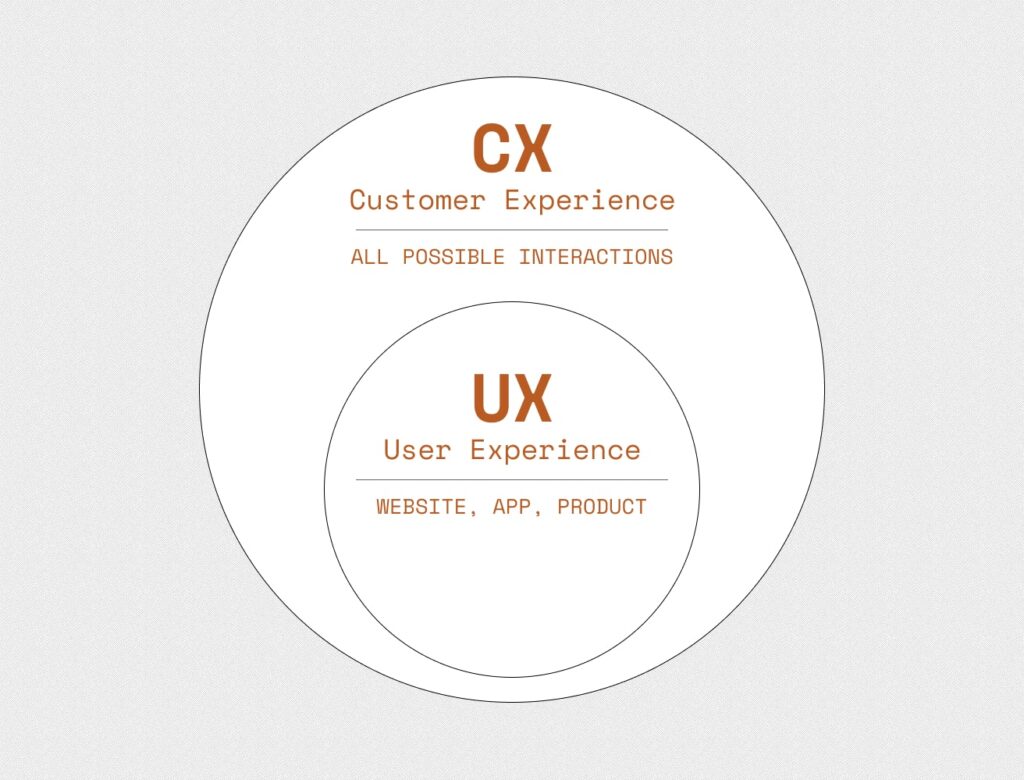
Now, look at the second part: research. It’s the process of learning about something or someone to either reach new conclusions or confirm the established ones. Finally, when you combine both, it would be something like:
User research is the process of learning about people / products to either discover new findings or confirm the established beliefs.
So What Is It That You Want To Learn About Your Users?
Hmmm actually, everything! You want to be the most knowledgeable person about your users. In your organization, if anyone wants to learn about users, then you want to be that person they should talk to. And to achieve that status, you must try to learn about your users everyday.
Everyday, when you learn something new about them, just mark that date on your calendar to show your commitment and track your progress. You may also use a technique called “Seinfeld Strategy” to do that.
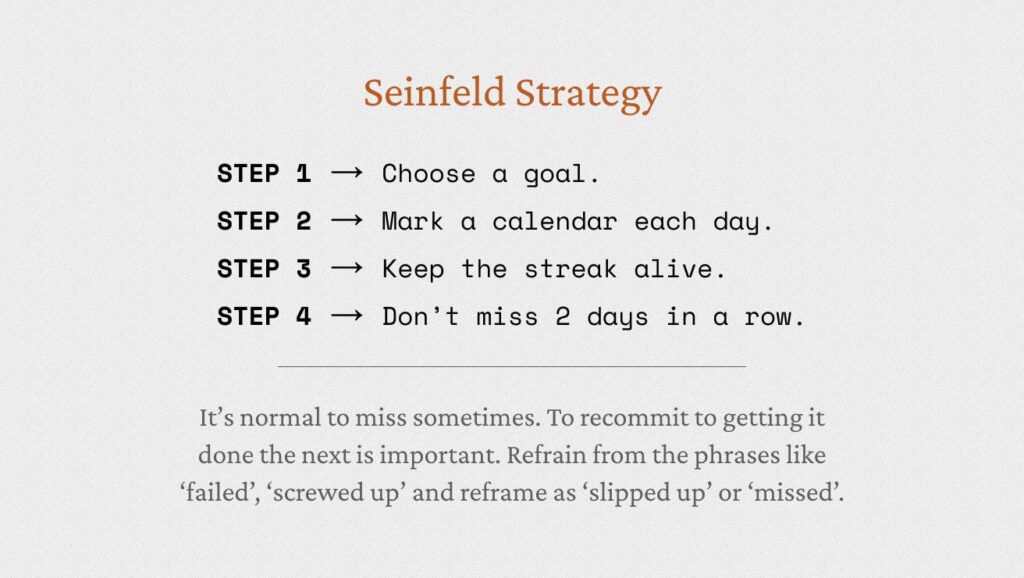
The least you need to know:
- What are their pain points and desires?
- What motivates them?
- What is their typical behavior?
- What is their end-goal?
But unfortunately, most organizations live in a distorted reality. They have a false notion that they already know what their users need. So there is no need to conduct any research whatsoever.
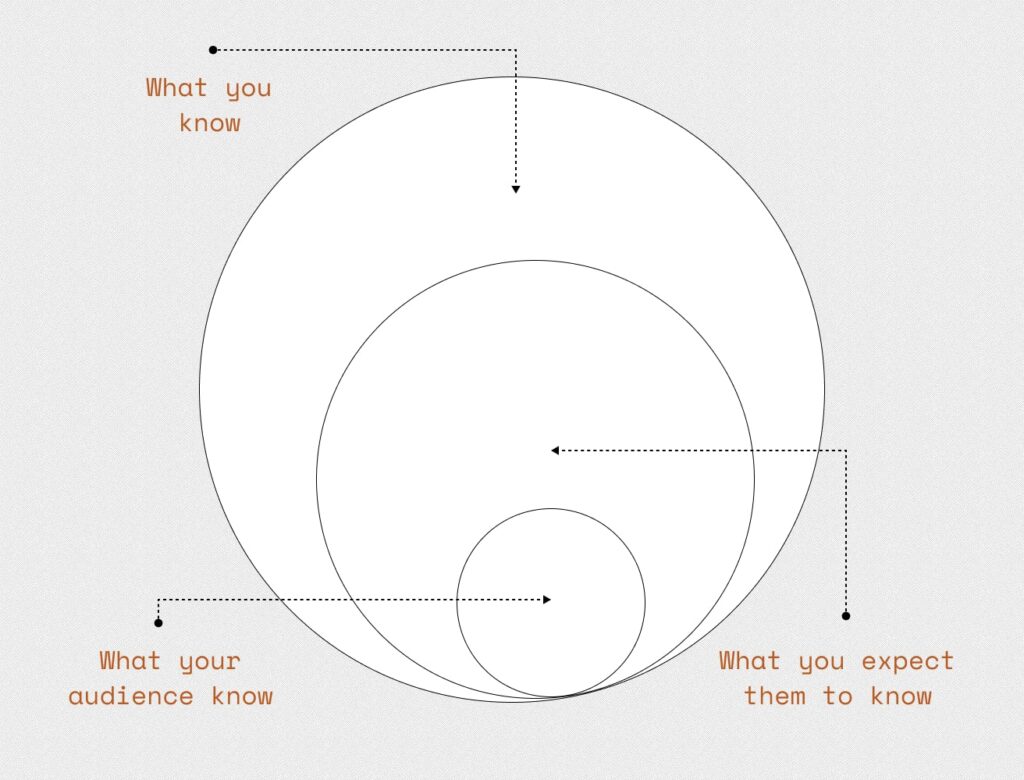
Here, a user researcher may show his ability to bridge this gap between what an organization thinks people need and what people actually need, and might save his organization from meeting the same fate as Adobe XD did.
Adobe XD (A Legacy)
Getting threatened by the success of startups like Sketch and Figma, incumbent Adobe hurriedly launched their half-baked product called XD. They would have thought, “What is the need for research? We’re the market leader with an established customer base, money, resources, and whatnot. Just copy whatever they do and we’re good to go.”
Alas, it didn’t go according to the plan and they shipped a shitty product which was nothing compared to the competition. So, obviously people didn’t pay any heed to it and it eventually lost into the abyss.
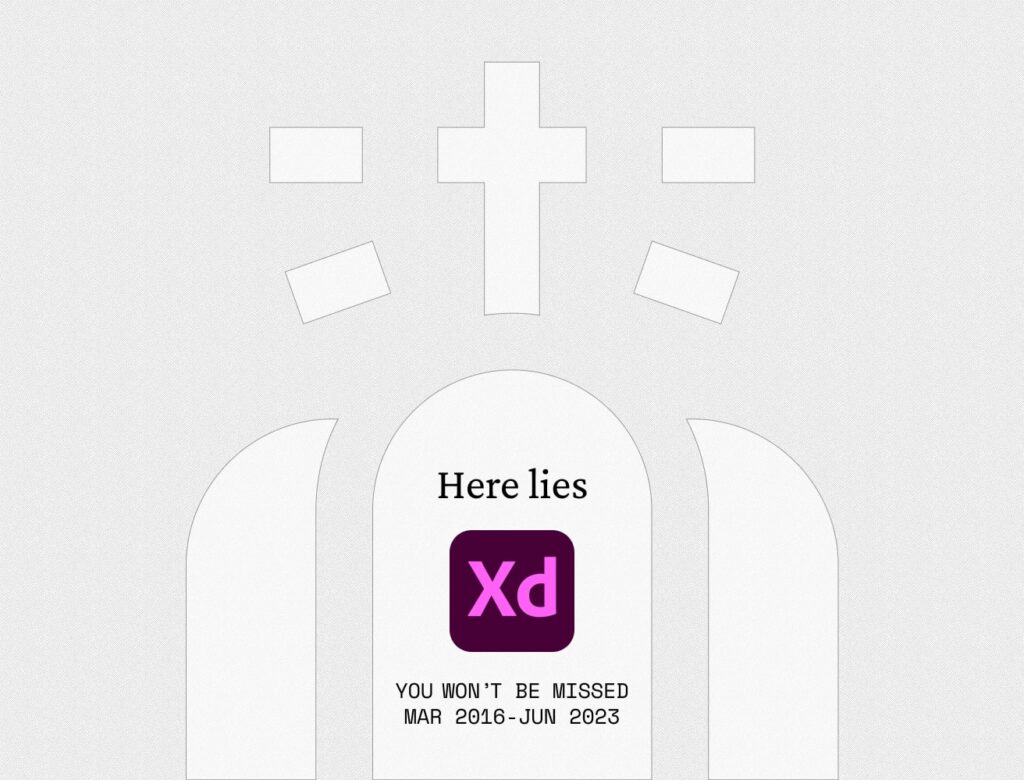
But keep in mind, learning about users and their needs doesn’t mean to go and ask them, “Hey! What do you people want?” and just start building a product based on what they say. Or in the case of Adobe, “Hey, we’ll create a copy of Figma and call it XD and make it a part of our infamous Creative Cloud and charge you more and we make it tricky for you to unsubscribe it and if you do then we’ll impose a hefty cancellation fee.”
Don’t Trust What People Say, Watch What They Do
Now back to the topic, figuring out what your users think is really important. Or should I say what they do rather than think is more important. Because people think something else, feel something else, say something else, and do something else. Have you heard the strange story of Sony’s yellow Walkman?

Sony’s Yellow Walkman
Back in the day, Sony built a yellow sports Walkman and then asked a focus group of teenagers their opinion. They obviously praised the Walkman for its sporty and flashy look, said they love it and would definitely buy one when it would be available in the market.
At the end of the session, the moderator gave them a choice to pick between a black Walkman and a yellow Walkman and take it home. Guess what? To the moderator’s surprise, almost all of them picked the black Walkman and walked away.

Now the question is:
- Why did it happen? and
- Why did people lie?
They could say the truth to their faces, nobody was gonna punish them. To understand this phenomenon you have to understand human nature. There are quite a few explanations to understand their behavior:
People‑Pleasing Is A Common Human Instinct
First, teenagers didn’t want to make negative remarks directly to the moderator’s face. So, even though they didn’t like it, they couldn’t say it. They were playing nice. They couldn’t help it. Humans are people pleasers. When people approach you for your opinion, you don’t criticize them, don’t you?
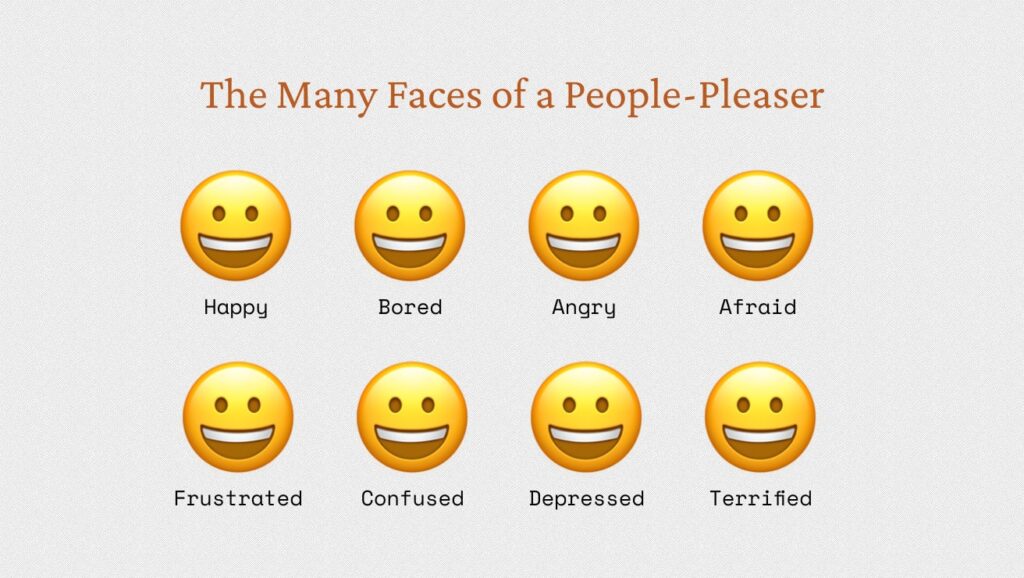
Groupthink: People Prioritize Harmony Over Critical Thinking
Second is what Peter Thiel mentions in his book Zero to One: Notes on Startups, or How to Build the Future, “Brilliant thinking is rare, but courage is in even shorter supply.” So if saying, “It’s bad” on your face is hard, then saying it while others are praising you is harder or even impossible.
People prioritize harmony over critical thinking, resulting in bad decisions. It’s not easy to go against a consensus. You’re programmed to go with the crowd. It’s in your DNA, genes, and bones. That’s how human species survived for so long, by staying with the group.
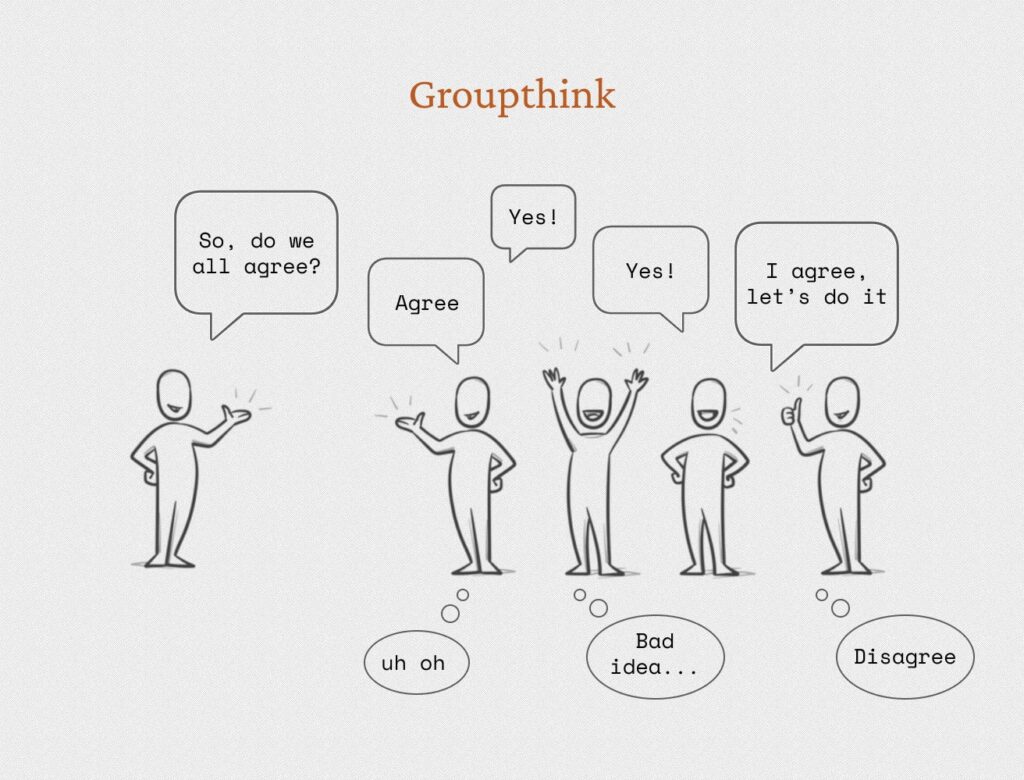
Humans Are Bad At Predicting The Future
Third is what Steve Jobs said, “A lot of times, people don’t know what they want until you show it to them.” For example, before the iPhone, people were pretty happy using Nokia, Blackberry, and other plastic keyboard phones. And they wouldn’t even feel the need of a phone without a physical keyboard. But as soon as the iPhone launched, people ditched physical keyboard phones.
Similarly Henry Ford also said, “If I had asked my customers what they wanted they would have said a faster horse.” So it takes visionaries like Steve Jobs, Henry Ford and others like them to see the things that have not been invented yet but will be needed in the future.
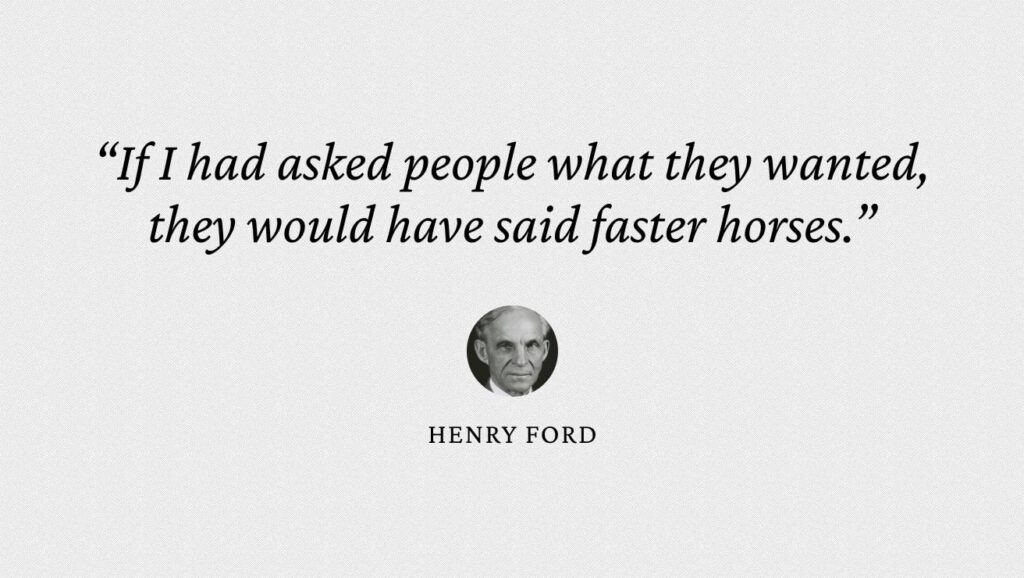
But Please, Don’t Copy Steve Jobs
But mind you, don’t copy whatever Steve Jobs and Henry Ford said. First you’re not one of them, and second, they actually did the research and had a great team at their disposal. Even Don Norman, the only famous UX guy, was at Apple once as an UX Architect. (This was the first use of the term “User Experience” in a job title.)
Now you know why it’s important to observe people rather than asking them what they want. So it doesn’t matter how strategically you arrange your questions and how carefully you ask them, you will not get bias-free data.

Here I like an analogy that David Travis and Philip Hodgson used in their book, Think Like a UX Researcher. They say: to see the real behavior of animals, you have to observe them in the wild rather than in a zoo. Similarly to find people’s real behavior, observe them where they are, in their context i.e. where the action happens rather than interviewing them at your place.
A Typical User Research Process
A process, on one hand helps you to stay focused on your course and on the other hand allows other stakeholders or high ups to see exactly where you are in the journey. As user research is a time consuming process and takes valuable resources, it’s hard to convince your superiors about its importance without showing some ROI (Return on Investment).
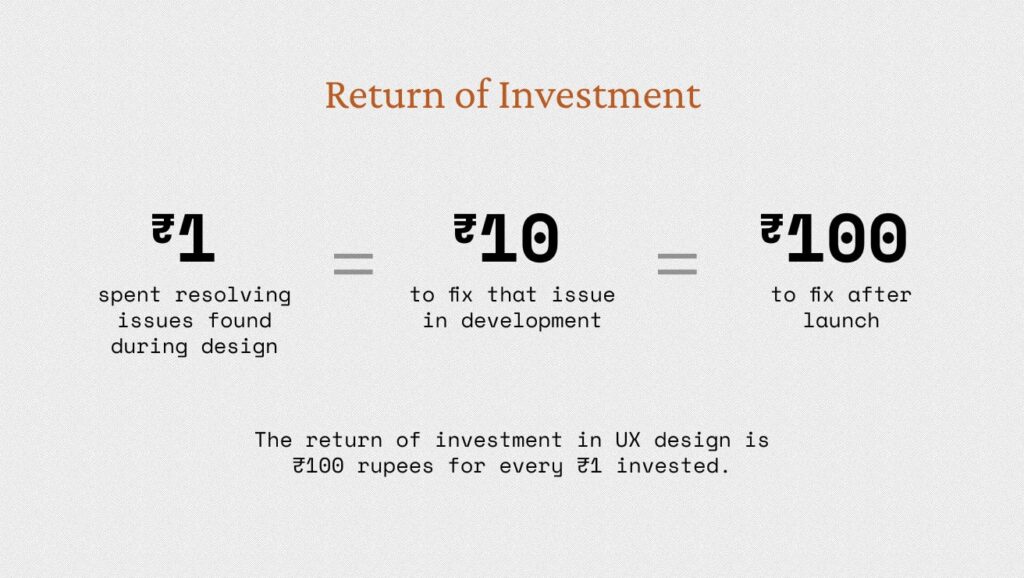
So to show why you need to do the user research you have to:
- Make a plan
- Share it with your shareholders
- Tell them how long it’ll take
- Show your goal, and
- Explain how it’ll help the organization
Of course, things are going to change as you start to do the actual research but you have to create and share a tentative plan to show people what you mean. People love a process, it shows you care, you’re an organized person, and you know what you’re talking about. It just gives people an assurance.
Now everybody follows their own flavor of the user research process. So the name and order of individual phases might be different but the overall thinking process is more or less same everywhere. Now I’m going to share one such process. And it has four major steps:
- Plan the Research — Define what is your research goal, write the questions you want to ask, and establish the steps you’ll take to conduct the research. Then think about how you’ll recruit the participants, what kind of data you’ll collect, how you’ll present it etc.
- Conduct the Research — Once you get the approval, talk to your participants about their pain points, needs, desires, motivations, behaviors, end goals, whatever that might help you to create a great product for them.
- Analyzing and Synthesizing the Data — Sift through the collected data and look for patterns to generate the insights that can help you to create or improve your product. Here you break down the data into smaller parts to analyze them closely, and then synthesize them to see the bigger picture.
- Share and Promote the Insights — Finally, create a presentation to share your insights with the stakeholders. Include the methods you have used to conduct the research, the data you have collected, the conclusion you have reached, and lastly your recommendation for action.
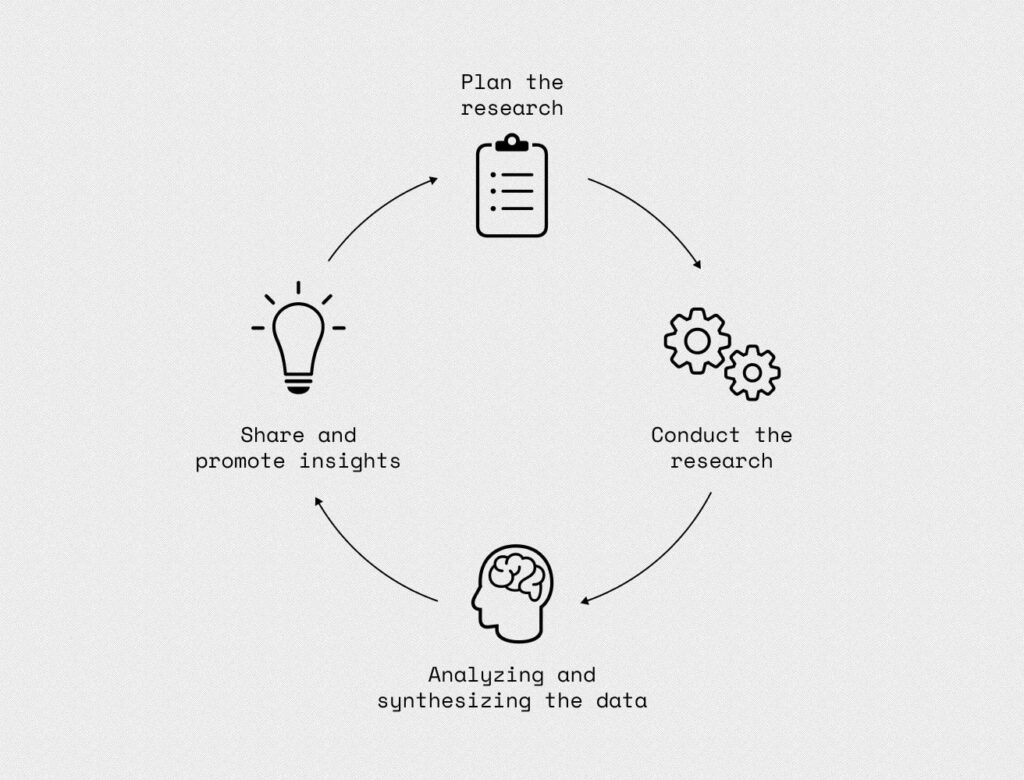
Now, the stronger the connection between your conclusion and recommendation, the more likely stakeholders will approve the actions you have proposed. Once your insights get implemented and you measure the results few things might happen.
- You see improvements in your product
- You don’t see any changes at all
- You see negative results
Whatever the result is, take your notes and the cycle starts again.
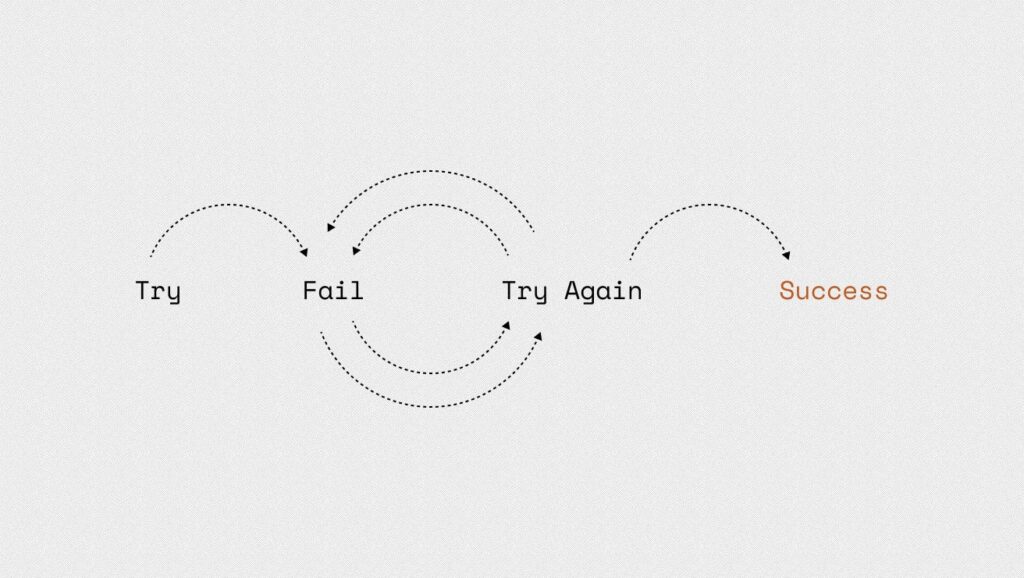
So these are the 4 major steps of a UX research process, and I’ll expand on them in future. In the next article let’s talk about: When is the right time to do user research?
